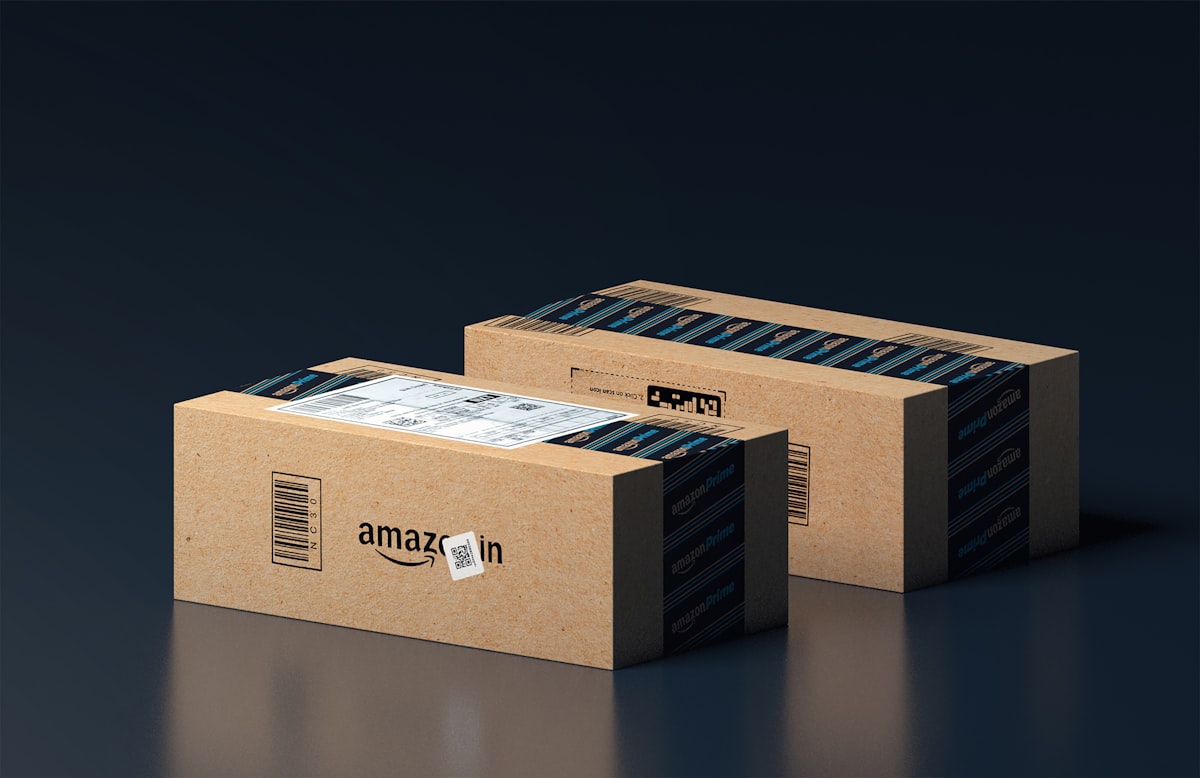It’s not about product or service

It’s not about product or service anymore. It never was. Since the beginning every transaction has always been a product and a service. But you might be confused because finance is still looking hard at Capex versus Opex, and that’s fair. Tax people might still lag and account for VAT, investment, and transfer of ownership differently, but why would that mean that your customers should care?
I very often go back to this 1941 ad from Sears:
"Don’t sell me clothes. Sell me neat appearance, style attractiveness.
Don’t sell me shoes. Sell me foot comfort and the pleasure of walking in the open air.
Don’t sell me candy. Sell me happiness and pleasure of taste.
Don’t sell me furniture. Sell me a home that has comfort, cleanliness, and convenience.
Don’t sell me books. Sell me pleasant hours and the profit of knowledge.
Don’t sell me toys. Sell me playthings to make my children happy.
Don’t sell me tools. Sell me the pleasure and profit of making fine things.
Don’t sell me refrigerators. Sell me the health and better flavor of fresh foods.
Don’t sell me tires. Sell me freedom from worry and low cost per mile.
Don’t sell me plows. Sell me green fields of waving wheat.
Don’t sell me things. Sell me ideas, feelings, self-respect, home life, happiness.
Please don’t sell me things."
So yes, no breakthrough MIT-grade business research here. Just the common sense that is lacking in 98% of businesses. In that regard, every startup or industry feeling smart about trying to invent Something as a Service™ should think again.
You thought jumping into Mobility as a Service would help you get back in the market because you were struggling to sell cars. It won’t. You were struggling because you were selling cars as the product. Not the product and the service. Or, to be fair, you were selling the service more and more, but as an extra layer above, below, or beside your shining product itself. And then, to cover all your bases, you were also investing extra efforts in your brand; it seemed like another different thing to do.
If Sears doesn’t convince you, reread Schumpeter: "The role of the product is to transfer value to the market." The product is not the end goal of any transaction; it’s only its vehicle of it. Or, as I often admittedly prefer to point out: the product is just a feature of your business model.
As such, the price is not defined by your cost of production, the quality of your product, or even its novelty. If we want to be mildly optimistic about it, the product is only one of the many contributors to the price. What you transfer to the customer as a benefit drives the core of your pricing strategy. And your price can only be sustainably above the competition when you drive significant extra benefits in the customer zone.
Again, you might be confused because you’re thinking about your marketing mix.
Should your top-of-the-line, middle-class urban sedan go electric and have MiFi to connect with millennials? Maybe. Maybe not. Before even touching that, how are you managing the fact that you compete with Uber, bikes and hoverboards, buses, Skype, and local Starbucks? You don’t, don’t you? This doesn’t fit your intricate marketing matrixes?
Good luck trying to hold the door for as long as possible…

I know, of course, how enormous the chasm between intellectually understanding such principles as “there is no difference between product and service.”
Even though this “breakthrough” idea is not a breakthrough at all. It’s old, even ancient, from the perspective of a web startup. Still, every company struggles to reconnect with it in different ways. Sometimes it’s a matter of a few hours during a seminar; sometimes, it’s months of coaching, training, and consulting. And for sure, customer-driven companies have a better time coping with this principle. It’s already in their DNA. More process-driven or future-driven companies must get on board differently–often, more labouriously.
In any case, the first step is very often the same: learn at every level of your company to differentiate the product from the added value from the market’s problem.
And move up from there…




